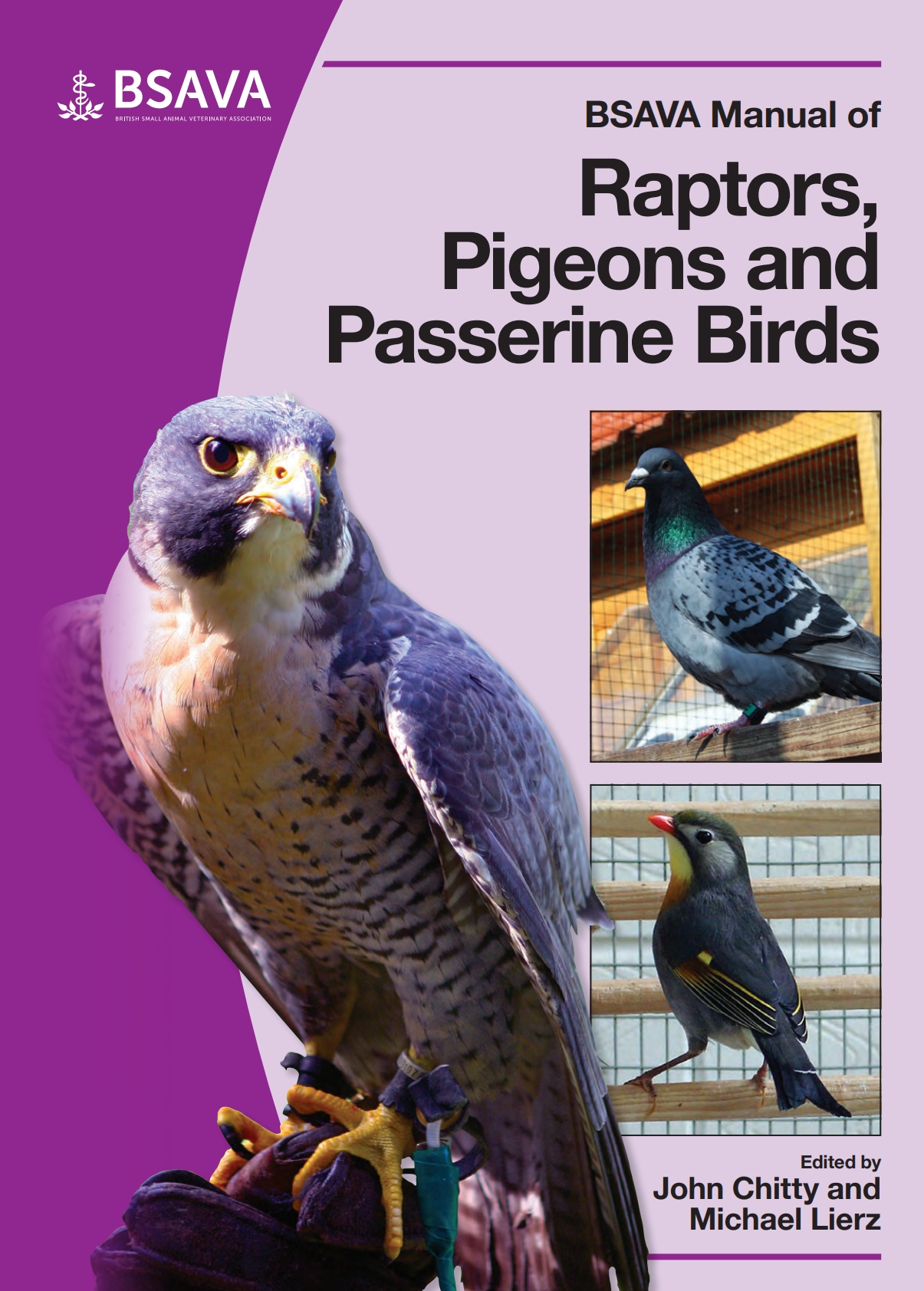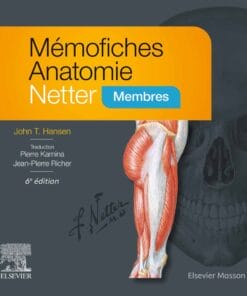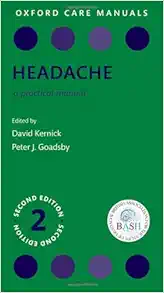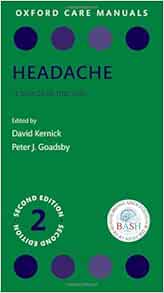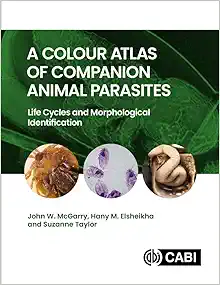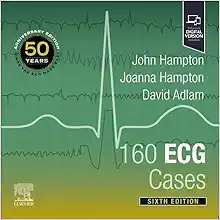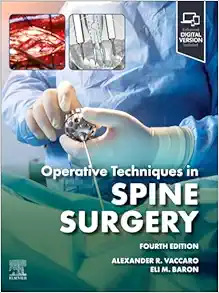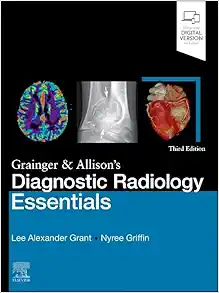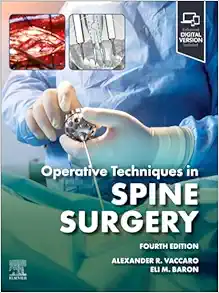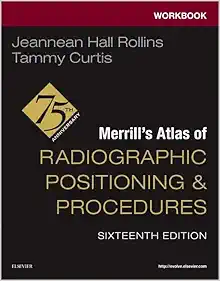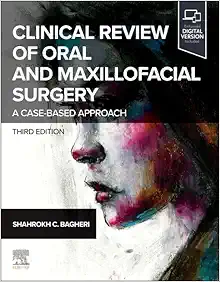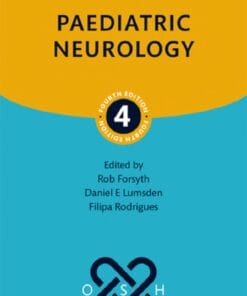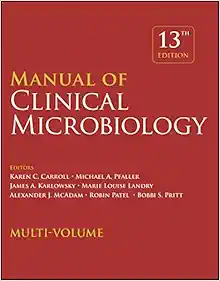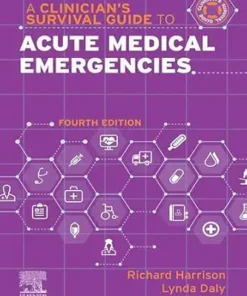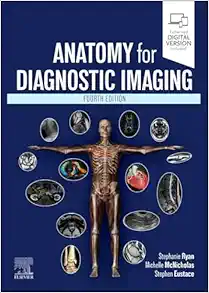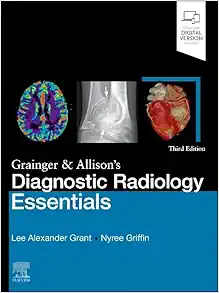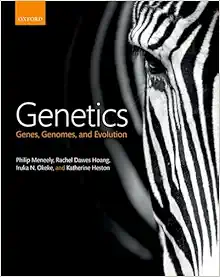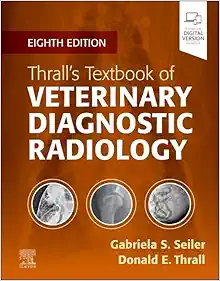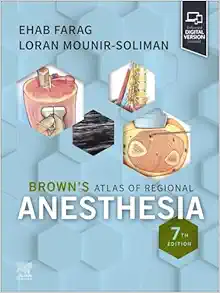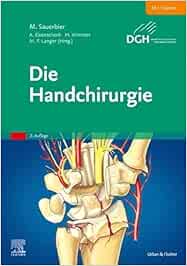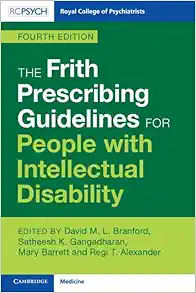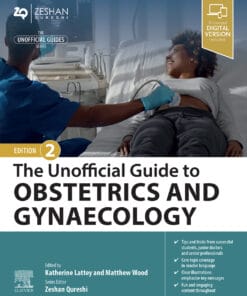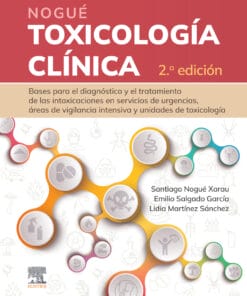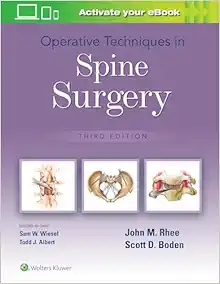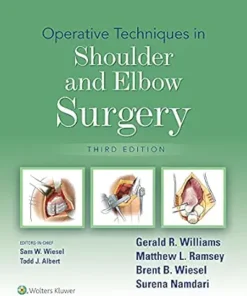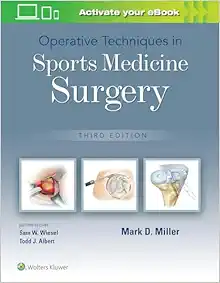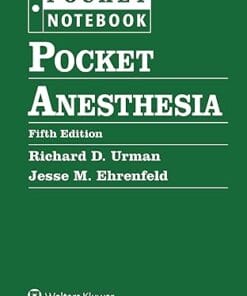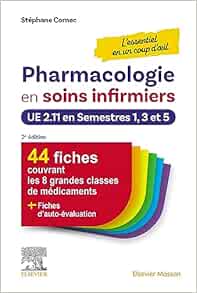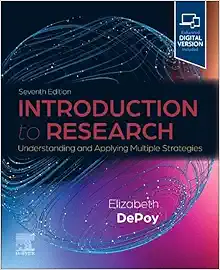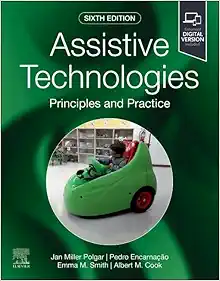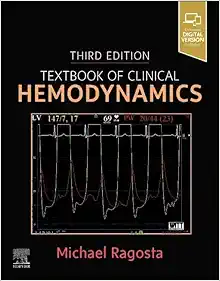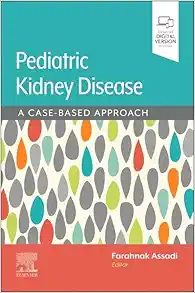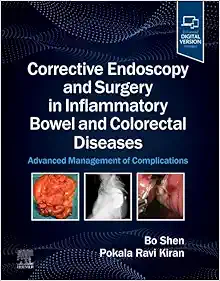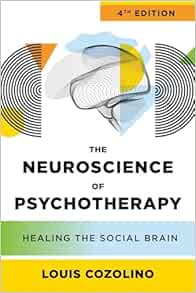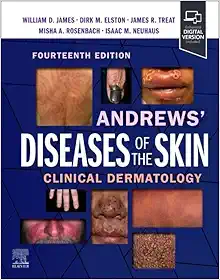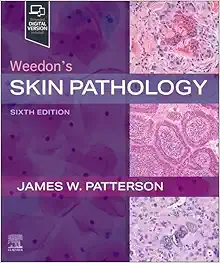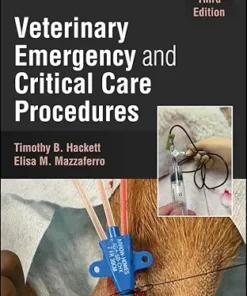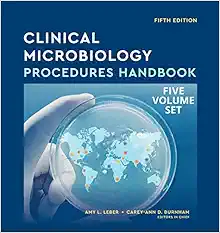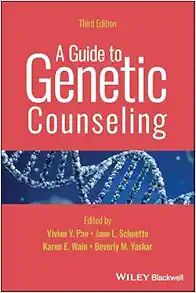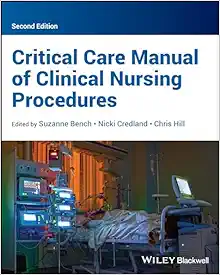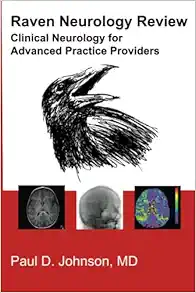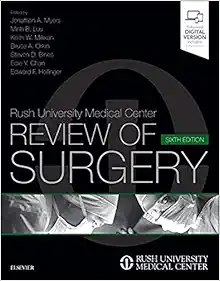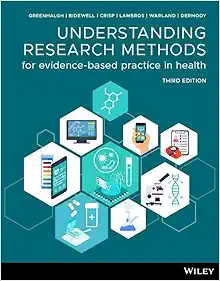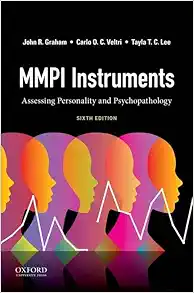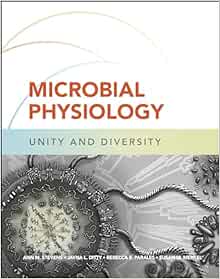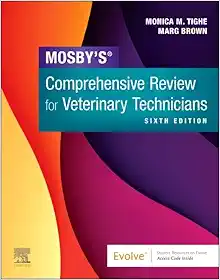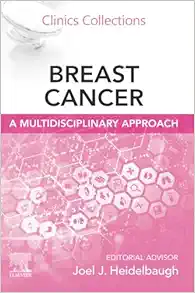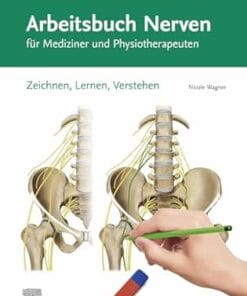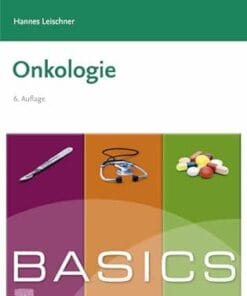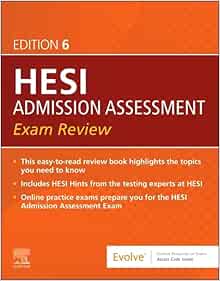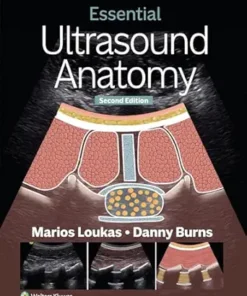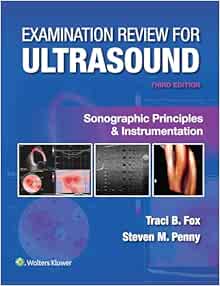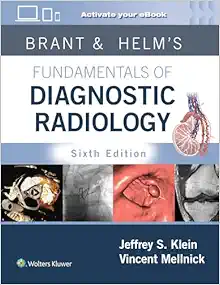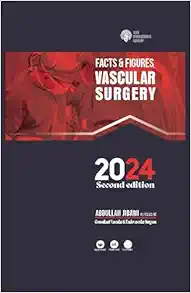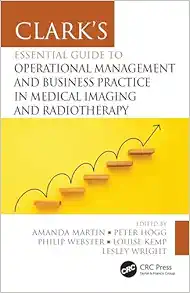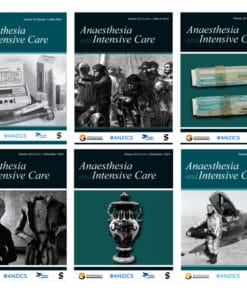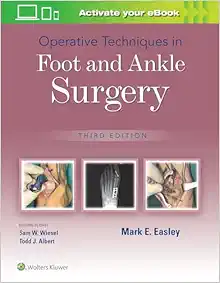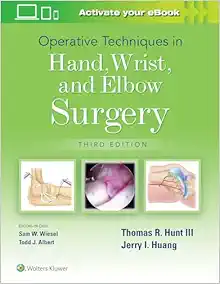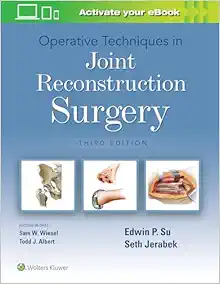BSAVA Manual of Raptors, Pigeons and Passerine Birds
6 $
Format : Publisher PDF
File Size : 15 MB
This manual provides in-depth coverage of the commonly-kept species of birds and the problems seen in clinical practice. It covers husbandry, medicine and surgery, and includes a formulary and laboratory reference ranges. Suitable for both easy access to information and as an introductory text for those wishing to study the subject in greater depth. Published in 2008 by the British Small Animal Veterinary Association. ISBN: 9781910443101.
BSAVA Manual of Raptors, Pigeons and Passerine Birds
by John Chitty, Michael Lierz (Author)
As a veterinary surgeon, you are likely to be asked to treat birds at some point in your career. And while birds may seem like a niche area of focus, it’s important to be well-versed in avian medicine given the growing popularity of birds as pets. This is where “Manual of Parrot Behaviour and Avian Medicine” comes in as a valuable resource for veterinary surgeons, bird enthusiasts, and even those looking to learn more about the subject.
Written by John Chitty and Michael Lierz, this manual provides in-depth coverage of the commonly-kept species of birds and the problems seen in clinical practice. The manual covers various aspects of husbandry, medicine, and surgery, and includes a formulary and laboratory reference ranges. It’s a comprehensive guide that aims to provide easy access to information, while also serving as an introductory text for those interested in studying the subject in greater depth.
The manual opens up with an introduction to the basics of bird behavior, highlighting how it plays a crucial role in the successful husbandry and keeping of birds. It then delves into the specifics of parrot behavior, including their natural instincts, communication patterns, and the environmental factors that influence their behavior. The authors provide readers with practical tips on how to interpret their behavior and how to use that understanding in a clinical setting.
Moving on to the medical aspects of avian care, the manual covers topics such as anatomy, physiology, nutrition, and infectious diseases. The information is presented in an easy-to-understand manner, making the manual accessible to both veterinary professionals and bird enthusiasts. The authors also provide detailed information on clinical examination and diagnostic techniques, with a focus on avian-specific protocols.
One of the standout features of this manual is its comprehensive formulary, covering everything from anaesthetics and analgesics to antibacterials and antifungals. The formulary offers dosages for various bird species, making it an invaluable reference for anyone involved in avian medicine. Additionally, the manual provides a detailed laboratory reference range, helping veterinary professionals interpret diagnostic tests in a clinical setting.
In terms of the structure of the manual, the authors have done an excellent job of organizing the information in a logical and user-friendly way. Each chapter builds on the previous one, and the manual is filled with helpful illustrations and tables. It’s evident that the authors have tried to make the manual as accessible as possible to both veterinarians and bird enthusiasts.
Overall, “Manual of Parrot Behaviour and Avian Medicine” is a valuable resource for anyone involved in avian medicine. Whether you’re a veterinary surgeon, bird enthusiast, or someone looking to learn more about avian care, this manual has something to offer. It provides comprehensive coverage of the subject, and its accessible style makes it an excellent reference guide. Plus, with its extensive formulary and laboratory reference range, it’s a book that you’ll find yourself referring back to time and time again.
If you’re looking to deepen your understanding of avian medicine and behavior or looking to improve the level of care you provide to your feathered friends, then “Manual of Parrot Behaviour and Avian Medicine” is an excellent investment. And to sweeten the deal even further, you can order a copy of the book online, making it easier for you to delve deeper into the fascinating world of avian medicine. So why wait? Order your copy today and take the first step towards expanding your knowledge and providing better care to your feathered patients.
Product Details
- Publisher: British Small Animal Veterinary Association;
- ISBN: 9781910443101
- ISBN: 9781910443101
- Copyright: 2008
Related Products
Medical Book
Medical Book
Medical Book




